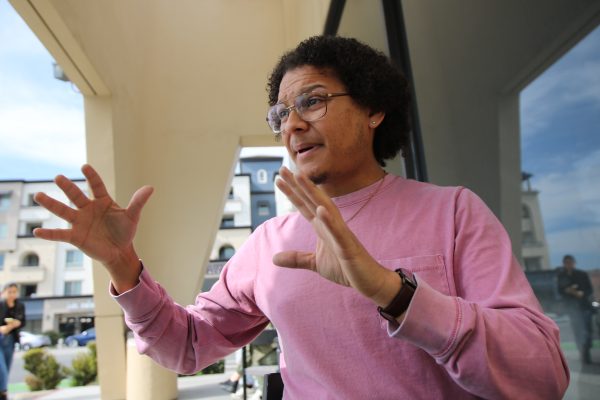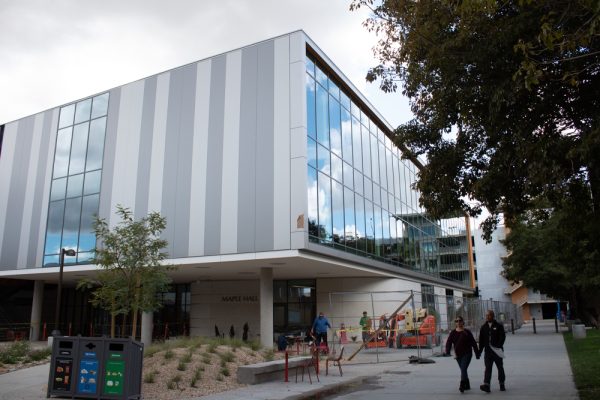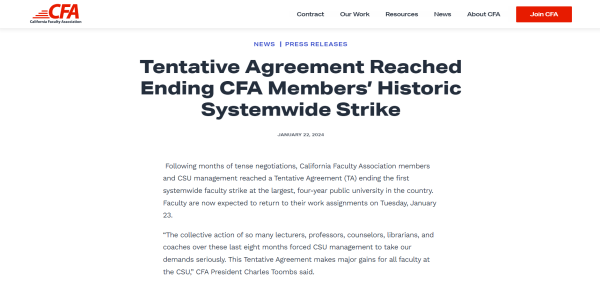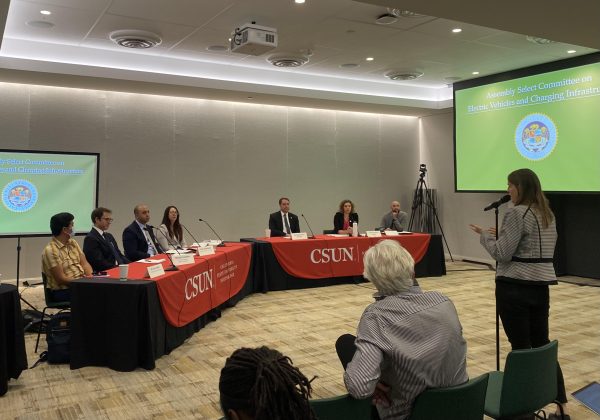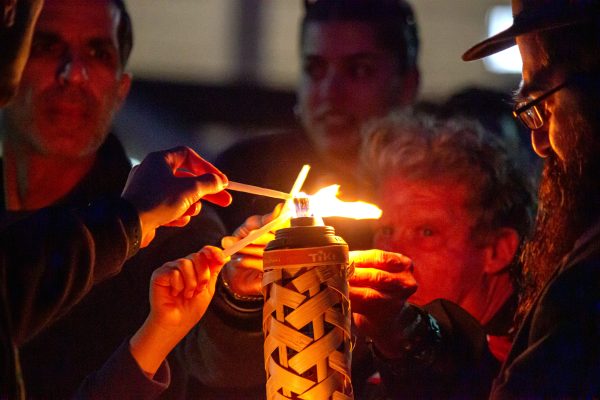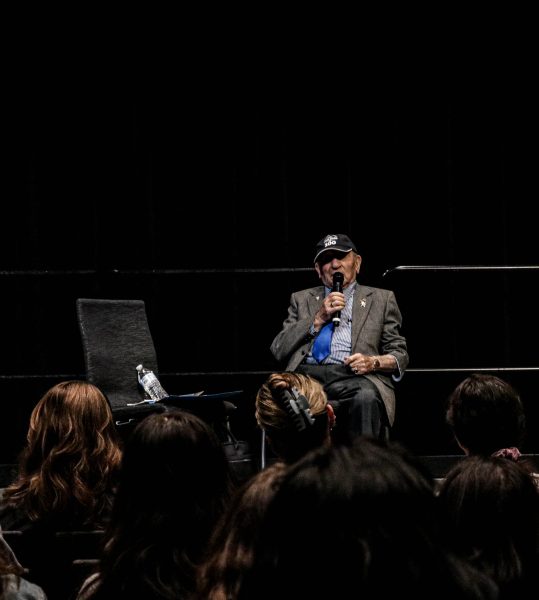CSUN’s sound waves ripple across Southern California

Photo Illustration
December 8, 2022
CSUN has a radio station — “88.5-FM: The SoCal Sound.” The station broadcasts alternative music and shares a frequency with Saddleback College in Mission Viejo.
The duo Nic Harcourt and Jet host the morning program from 6-10 a.m. Throughout the midday, Julie Slater operates from 10 a.m.-2 p.m. In the afternoon, Andy Chanley takes over from 2-6 p.m., along with evenings with Marc “Mookie” Kaczor at 6-10 p.m.
The Nielsen ratings are an audience system that measures programming shows and radio stations. KCSN-FM reaches between 150,000 to 200,000 people per week on the radio.
When KCSN rebranded itself to “88.5-FM: The SoCal Sound,” the goal for the radio station was to reach out to other counties like Ventura, Laguna Beach, Newport Beach, Orange County and San Diego. Saddleback College and CSUN are partners that ultimately came up with the rebrand for the radio station.
Program director and Los Angeles native Kaczor shared his opinion on the rebranding of the radio station.
“We had a lot of brainstorming sessions in-house and it was very important to us because we needed to represent, encompass, the whole Southern California market, and we didn’t want to alienate Orange County as well,” Kaczor said.
Different genres of music are played throughout the radio station because employees have to keep it fresh and have a variety to prevent boredom and complaints from listeners, according to Kaczor.
The radio station plays specific genres for different cultures when it’s their month. For example, for Black History Month, they play jazz music and soul music for their culture. They also play Spanish music when it’s National Hispanic Heritage Month, for example Mexican, Latin American and others.
When a playlist gets created for the radio station, the two people to make the final decision are Kaczor and music director Andy Chanley.
“We meet every week and, you know, he’ll have music that he’s discovered, I’ll have music that I’ve discovered; and we spend, you know, a good chunk of our week finding new music to play. And then we’ll play it and share it during our meetings,” Chanley said.
General manager Patrick Osburn was asked about the budget and the amount of staff members needed for the radio station.
“I’ve recently asked for $181,000 a year to bring enough people, to get our staff back up to where it was … before the pandemic,” Osburn said. “We had 20 full-time and a couple of part-time positions. We [currently] have around 14 staff members.”
The school radio station helps promote the school and tries to compete with other known schools like University of California, Los Angeles and University of Southern California.
Osburn goes on to say how the station could help grow demand and attract students to come to his school.
“The purpose of the radio station on campus is to help promote the university and raise the profile of the school and make it more successful and vibrant. It’s a great school to get a bachelor’s degree and have a good academic career here,” said Osburn.
When asked, Kaczor remarked on how students can help contribute to the radio station, and that they could also email him.
“If a student is interested in video production, or writing, or doing DJ work, or voice-over stuff, we could hopefully plug them in to teach them the craft that can go for any students,” Kaczor said. “For students the way they can help contribute to the radio station would be by taking pictures at events and writing blogs about concerts, or doing a general music review.”
